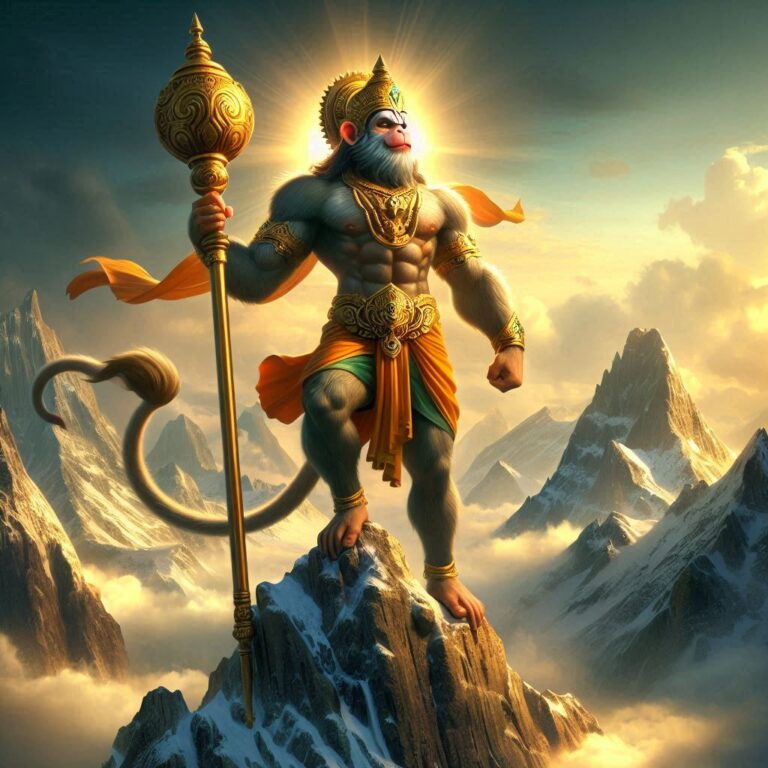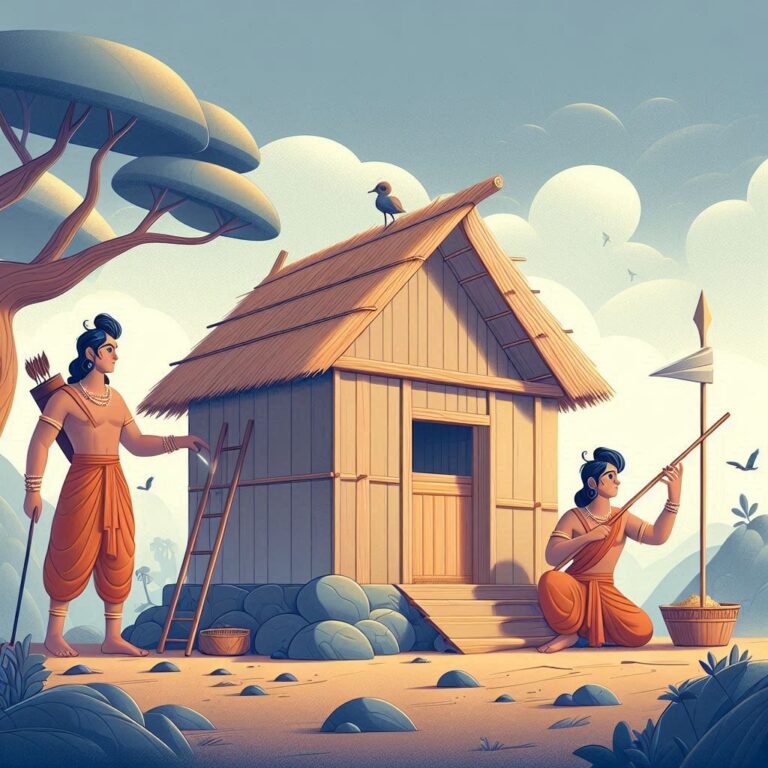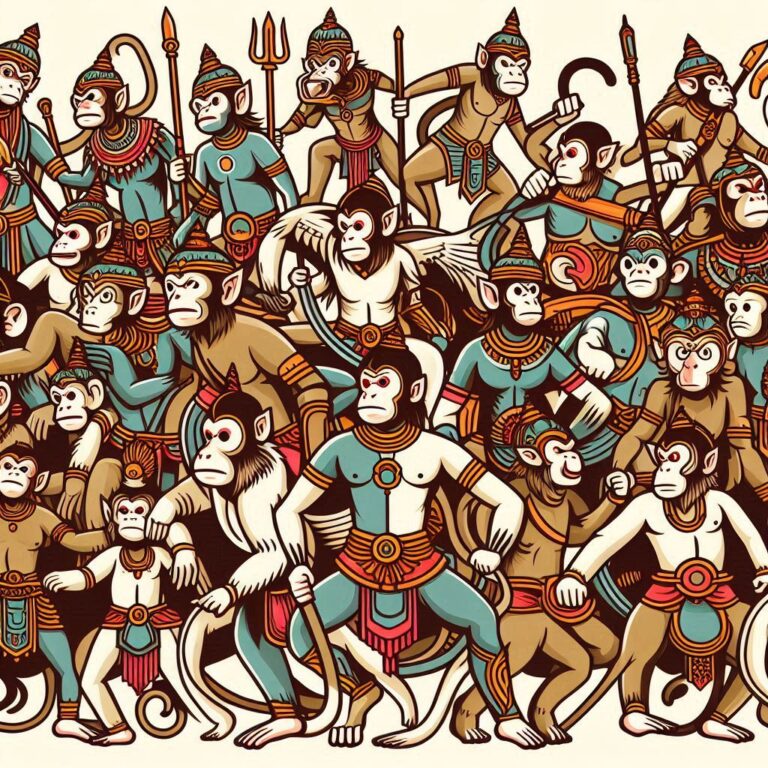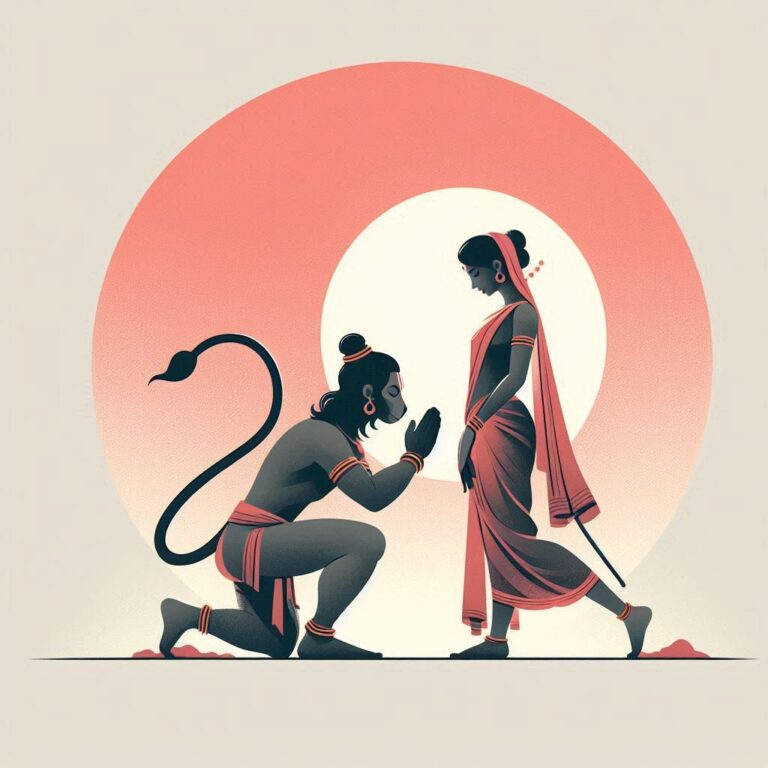Essential Rituals and Worship Practices from the Ramayan
Rituals and Worship in the Context of the Ramayana
The Ramayana, a masterpiece of ancient Indian literature, is not just a story of good versus evil: it’s a rich tapestry of values, rituals, and worship practices that resonate with millions even today. Imagine diving deep into an ocean of wisdom where every wave carries a lesson, a belief, or a ritual that has stood the test of time. Pretty fascinating, right? Let’s navigate through the essence of rituals and worship related to the Ramayana, exploring their significance and relevance in our lives.
The Significance of Rituals in the Ramayana
So, what’s the big deal about rituals? Just like a well-stirred cup of chai, rituals add flavor and structure to life. In the realm of the Ramayana, these rituals are not merely ceremonial acts; they are a bridge to the divine, a means of connecting with something greater than ourselves.
Rituals serve various purposes:
- Historical Continuity: They help keep the teachings and principles of the Ramayana alive across generations.
- Spiritual Connection: Rituals connect devotees to the divine, akin to a thread linking a kite to the sky.
- Community Cohesion: They foster unity among practitioners, creating bonds that are as strong as the sacred strings of a rakhi.
Key Rituals and Worship Practices
Alright, let’s get into the meat of the matter. Here’s a closer look at some of the prominent rituals and worship practices derived from the Ramayana:
1. Sita Navami
This festival celebrates the birth of Sita, the beloved wife of Lord Rama. Devotees gather for prayers, recite verses, and engage in community feasts. The atmosphere is one of joy, symbolizing the strength and virtue of femininity.
Devnagri Script
जन्माष्टमी शान्त सुखद सज्जन हितकारी।
जननी सीता के रूप प्रेम से पूजें सबदारी॥
Phonetics
Janmāshtamī śānta sukhada sajjana hitakārī.
Jananī Sītā ke rūpa prema se pūjeṁ sabdārī.
Translation
“On Janmashtami, may peace and happiness reign, as we worship Mother Sita’s form with love.”
2. Diwali Celebrations
Diwali is not only a festival of lights but also a time where the return of Rama, Sita, and Lakshmana to Ayodhya is celebrated. Homes are adorned with lights, prayers are offered, and sweets are shared, symbolizing the victory of light over darkness.
Devnagri Script
रामो राजा से अजन्मा, जामिनि सूर्य सम ऐसा।
है जग की रंग, राधिका प्रेम, भूमि आयी दिवाली के जैसा॥
Phonetics
Rāmo rājā se ajanmā, jāmini sūrya sama aise.
Hai jag kī raṅg, Rādhikā prem, bhūmī āyī Divālī ke jaisā.
Translation
“Lord Rama, the eternal king, shines like the sun; may our world rejoice as we celebrate Diwali.”
3. Chanting Ramayana Verses
Reciting shlokas from the Ramayana is a common ritual. Families often gather in the evenings to chant these verses, creating a sense of tranquility and connection.
Here’s a popular shloka to consider:
Devnagri Script
रामं मानसमुखोदन्तं वाक्यं गुष्टिमिपानतम्।
महापुरुष को नित्यं व्यासं च दुरवरणाम्॥
Phonetics
Rāmaṁ mānasamukhodantaṁ vākyam guṣṭimipānatam.
Mahāpuruṣa ko nityaṁ vyāsaṁ ca duravaraṇām.
Translation
“With the words of Rama, the mouth of wisdom speaks. May I always remember that great soul.”
4. Rama Navami
A celebration marking the birth of Lord Rama, Rama Navami is observed with much pomp. Temples are decorated, special pujas are held, and in many regions, processions take place echoing the stories of the Ramayana.
Devnagri Script
नवमी का उत्सव सुहावना, हर्ष से मनाएँ सभी।
दूर भाग्य का रास्ता, राम के गृह में सुख लाएँ सभी॥
Phonetics
Navamī kā utsava suhāvanā, harṣ se manāyeṁ sabhī.
Dūr bhāgya kā rāstā, Rāma ke gṛha meṁ sukha layen sabhī.
Translation
“The celebration of Navami is joyous; let everyone rejoice together. May the path of fortune lead us to the abode of Rama.”
5. Havan (Sacred Fire Ceremony)
Often performed to invoke blessings, a havan involves offerings made into fire while chanting mantras from the Ramayana. It symbolizes purification and the invitation to divine energy to descend into our lives.
Devnagri Script
हवन में अग्नि को अर्पण, हो इच्छित फल की प्राप्ति।
रामायण की कीर्तन में, सुख शांति हो आभा॥
Phonetics
Havana meṁ agni ko arpaṇa, ho icchita phala kī prāpti.
Rāmāyaṇa kī kīrtana meṁ, sukha śānti ho ābhā.
Translation
“In the sacred fire, we offer, may we attain our desired fruits; let the recitation of the Ramayana bring peace and brightness.”
The Role of Rituals in Modern Life
In today’s fast-paced life, where distractions come like waves on a shore, rituals inspired by the Ramayana can serve as grounding practices. They allow us to step back, breathe, and reconnect with our roots—like turning to a familiar song that brings back a flood of memories.
Rituals help cultivate mindfulness and spirituality. They can provide structure to our daily rituals, reminding us to carve out time for reflection and gratitude amidst the chaos.
Why Should We Embrace These Practices?
You might be thinking, “Why should I bother with these old rituals?” Well, let’s break it down:
- Cultural Heritage: Engaging in these rituals helps preserve our cultural identity.
- Emotional Fulfillment: They bring a sense of peace and fulfillment that modern distractions often overshadow.
- Community Bonding: Participating in communal rituals fosters a sense of belonging—a connection with others who share similar values.
Conclusion
Rituals and worship practices related to the Ramayana are more than mere traditions; they are lifelines that connect us to our spiritual heritage. They provide a framework within which we can navigate life’s complexities, drawing strength and wisdom from our ancestors. Whether it’s chanting verses or celebrating festivals with loved ones, every act serves to deepen our understanding of ourselves and the world around us. So why not invite these practices into your life and discover the transformative potential they hold?
FAQs
-
What is the significance of the Ramayana in Hindu culture?
The Ramayana teaches moral values, ethics, and the importance of dharma (duty) in our lives, serving as a guide for millions. -
How do rituals from the Ramayana impact modern spirituality?
They provide a way for modern individuals to connect with ancient wisdom, fostering a sense of belonging and reflection in a rapidly changing world. -
Can western audiences appreciate the rituals associated with the Ramayana?
Absolutely! The themes of love, duty, and morality resonate universally, making the lessons from the Ramayana relevant to everyone, regardless of cultural background.
-
What is the role of community in Ramayana worship practices?
Community plays a crucial role as collective participation in rituals strengthens social bonds and fosters shared values. -
Are there specific days dedicated to celebrating events from the Ramayana?
Yes, festivals like Rama Navami and Diwali are dedicated to celebrating significant events from the Ramayana, with rituals that embody its teachings.








